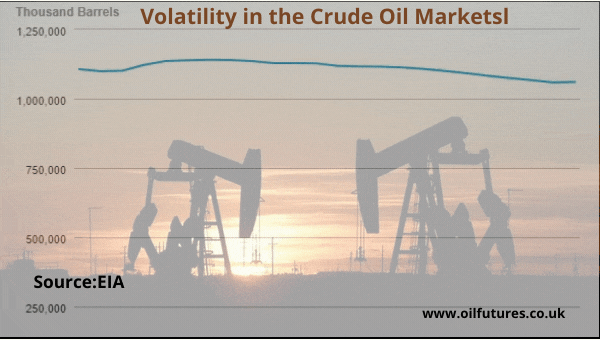The volatility that we saw in the crude oil markets
has subsided somewhat as we approach the weekend, preceded by a tumultuous few
days.
The oil price is back in the green for both WTI and
Brent, gaining 0.55% and 0.51% respectively as of 15:20 GMT.
The rate of both the rise and fall of the oil price
has been modest and in that context, the latter never being truly branded as a crash.
It’s clear that the spread of the Delta variant,
despite the success of vaccine rollout in certain developed nations, has taken
its toll on the crude oil markets.
The crude oil inventory build-up in the US, which
had been going down for seven successive weeks, clearly shows that the spread
of the pandemic is serious in the country, although the death toll is
significantly lower than what it was during the previous waves of the
Coronavirus.
On Tuesday, the API, American Petroleum Institute,
forecast that there would be a build-up in the US oil inventories – just about
800,000 barrels for the week ending 16, July. The EIA, US Energy Information
Administration, however, came up with the real figure on Wednesday that turned
out to be much more than the forecast made by the API – 2.1 million barrels for
the same period.
Since the rift between the UAE and Saudi Arabia has
subsided for the time being and progress in the talks over the JCPOA, 2015
Iranian nuclear deal is in a stalemate at present, the crude oil price is going
to be determined by good, old market lever, loosely attached to the supply-demand
fulcrum.
The price of crude oil at the current level is in a
meaningful position: on one hand, the producers can go beyond the break-even
points and stay relevant; on the other hand, it’s sustainable, as ridiculously
high oil price is going to backfire on the producers, if they become too
ambitious; above all, we are still in the middle of the pandemic – technically –
and nobody wants to derail with unrealistically ambitious goals.







